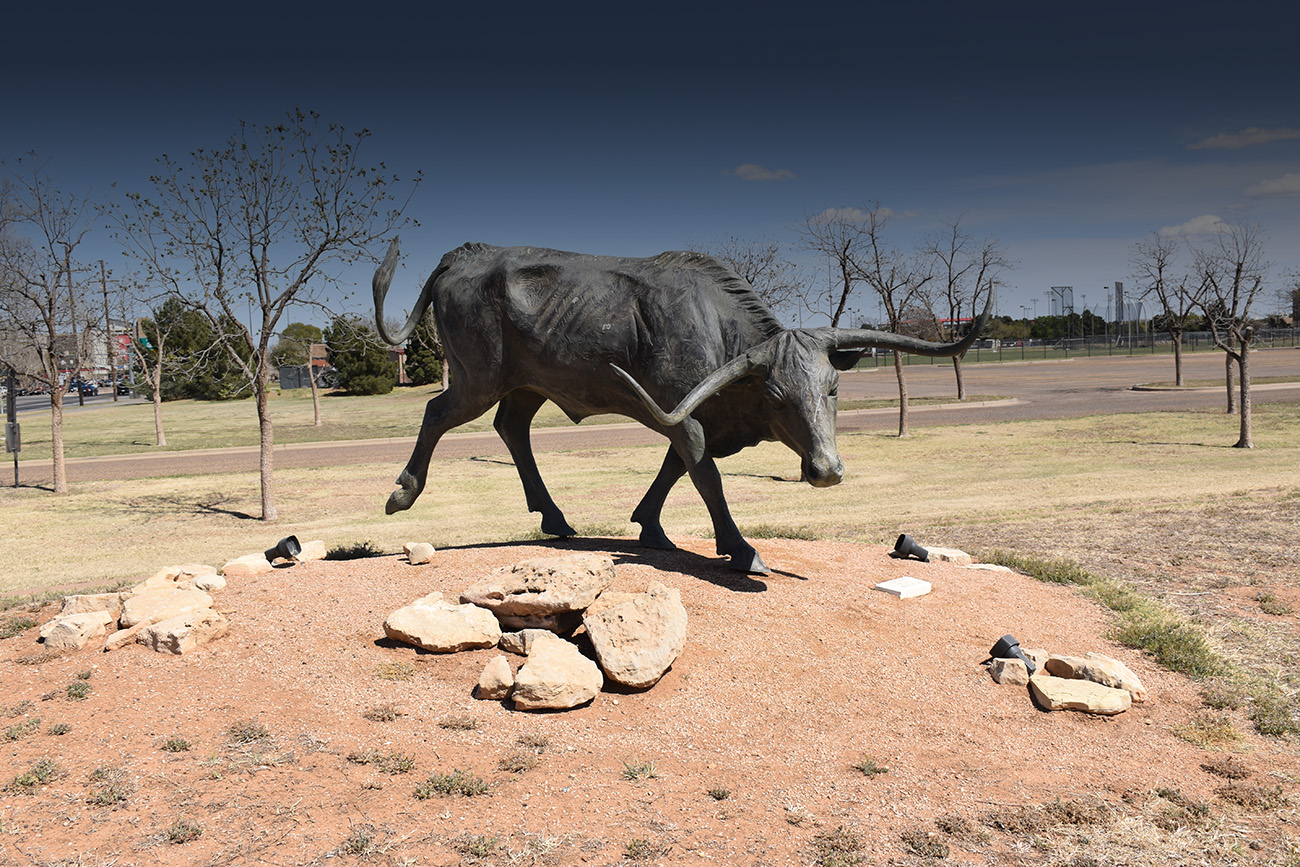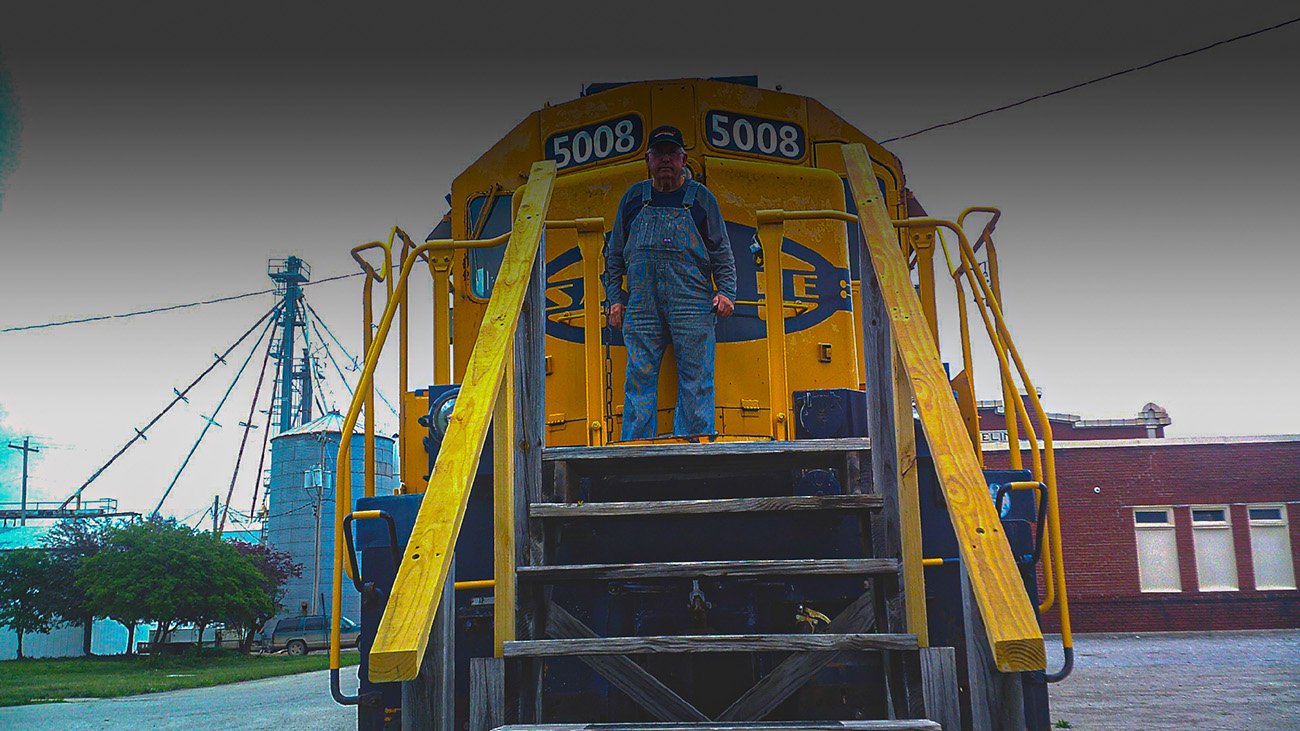James J. Hill: The original “Empire Builder”
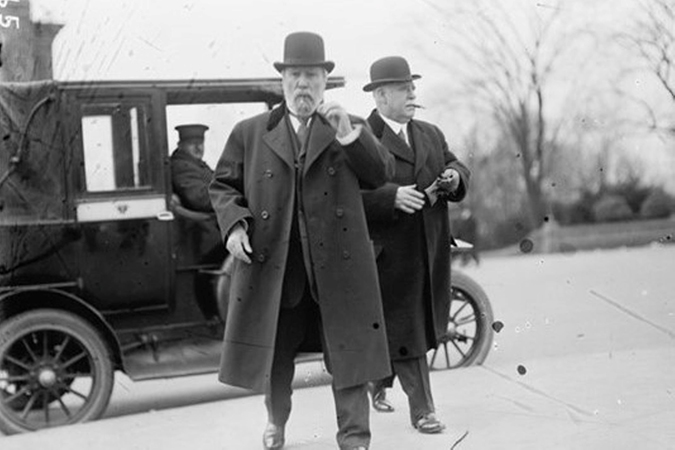
We’re proud of our heritage at BNSF Railway. Over the past 170-plus years, our 390 predecessors laid the foundation for what is now our 32,500-mile rail network, from the West Coast to the Mississippi River, to the Mexico border and into Canada. The scope of our network would not have been possible without innovative leaders like James J. Hill, first president of the Great Northern Railway (GN), a major BNSF predecessor.
In remembrance of Hill, we highlight his contributions to the rail industry and impact on America’s westward expansion. Hill passed away 107 years ago on May 29, 1916. A lot has changed since his railroading days.
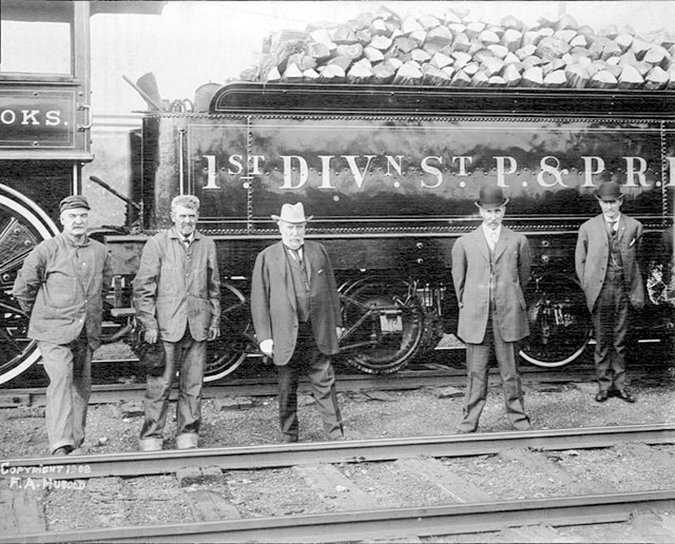
Hill was a Canadian-American businessman who settled in St. Paul, Minnesota. At 18, he began his career in the steamboat trade, and after 20 years, he became interested in investing and joined a group of powerful investors called the “Associates.”
The Associates purchased the nearly bankrupt St. Paul and Pacific Railroad (SP&P) in 1878, and a year later, the SP&P properties were reorganized as the St. Paul, Minneapolis & Manitoba (SPM&M or Manitoba), with Hill becoming president in 1882.

Hill became known as “The Empire Builder” as his dedication to railroad expansion led to the growth and development of the United States. Over the next three decades, Hill pursued the expansion of his rail line north to Canada and west toward the Pacific coast.
As he began building his railroad without help from government land grants, people thought Hill’s plan would fail. The West was devoid of people, which made other investors leery. Hill proceeded anyway – building first across Minnesota, into Dakota territory and then Montana territory.
When construction reached the Rocky Mountains, Hill made it his goal to find the best pass through the mountains. Native American stories alluded to a low pass in northern Montana, but no one could find it. This didn’t stop Hill. He hired John F. Stevens, a renowned engineer, to search for it. Stevens found Marias Pass on Dec. 11, 1889, giving Hill’s railroad one of the easiest paths through the Rockies.
Also in 1889, the railroad (now the Minneapolis & St. Cloud Railway) was renamed Great Northern Railway. GN’s Pacific Coast expansion began in 1890 near Havre, Montana, with the final spike connecting Seattle to the East driven near Scenic, Washington, in 1893.
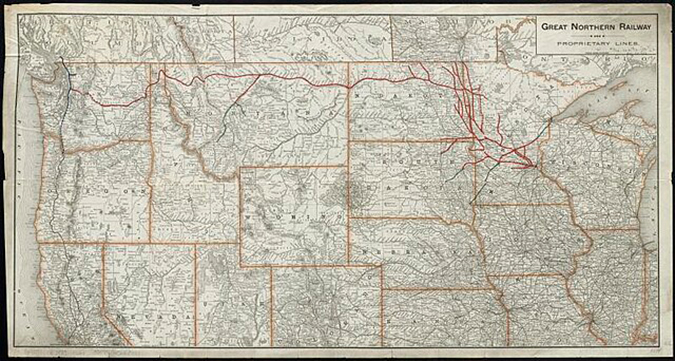
Unlike other railroad visionaries, Hill laid his rails first, then created traffic. He attracted settlers by offering low passenger fares to immigrants. He set up experimental farms to determine the best soils, seeds and crop rotation methods, and he distributed imported cattle to newly founded farms.
His next bold challenge was to the established commerce between Europe and the Orient. In 1896 Hill negotiated an agreement with Nippon Yusen Kaisha (NYK), the largest steamship line in the Pacific, to establish services between Seattle and Asian ports. This deal put the port of Seattle on the map.
By the close of 1900, new construction and acquisition of existing lines boosted GN’s operation to more than 5,000 miles, but a direct route to Chicago was a necessity. In 1901, Hill, with the help of J.P. Morgan, bought control of the Northern Pacific Railroad. But he wasn’t done expanding. GN and NP then purchased nearly all outstanding stock of the Chicago, Burlington & Quincy Railroad (CB&Q), finally gaining access to Chicago and other markets across the Midwest and the South.
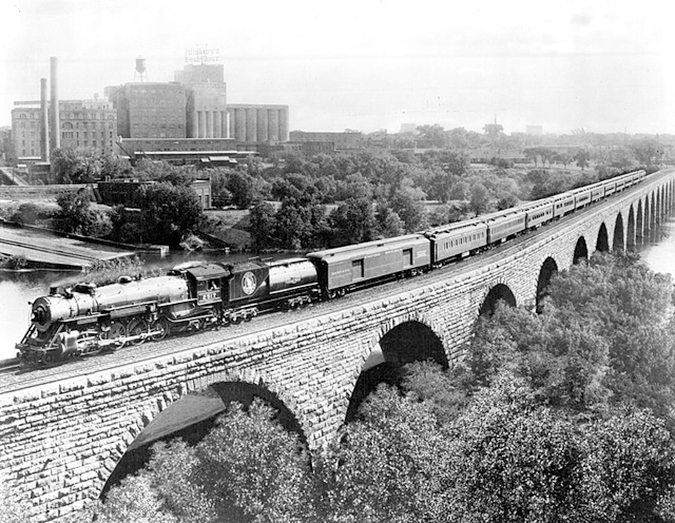
Eventually these three lines would become part of Burlington Northern Railroad (BN) when they merged with the Spokane, Portland and Seattle Railway (SP&S) in 1970, fulfilling one of Hill’s lifelong dreams more than 50 years after his death. BN merged with the Santa Fe Railway in 1995 to create BNSF.
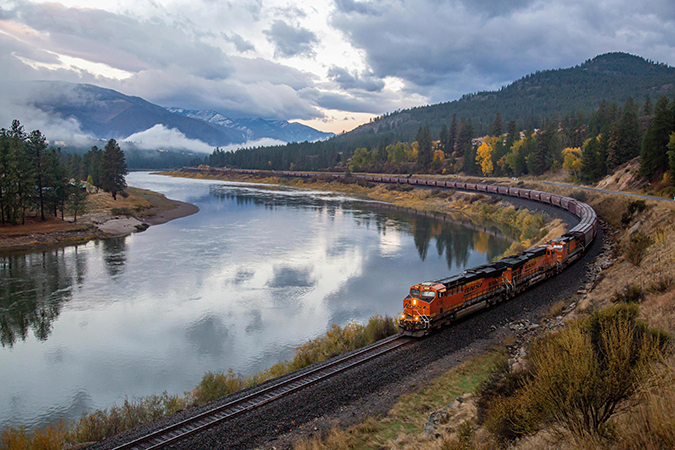
Another reminder of Hill’s legacy is his iconic 36,000-square-foot home, which still stands on St. Paul’s historic Summit Avenue. The home was a center for the Hill family’s life, having hosted weddings, grandchildren and even a visit by President William McKinley in 1899.
In 1925, after both Hill’s and his wife Mary’s passing, the family presented the home to the Catholic Archdiocese of St. Paul, which turned it into the church’s office, school and even residences. The James J. Hill house is a National Historic Landmark and part of the Minnesota Historical Society’s network of historic sites today.
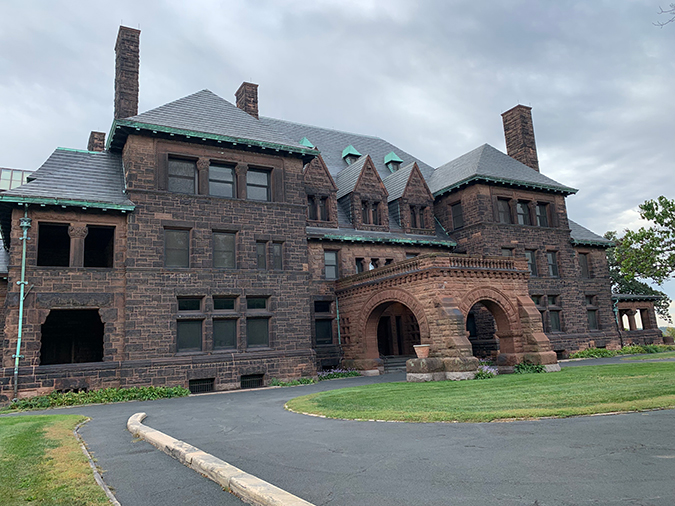
Today, Hill is remembered with a passenger train of the same name. In 1929, GN created its most iconic passenger route, the Empire Builder, offering service between Chicago and Seattle, which you can still travel today on Amtrak.
While Hill’s ventures were a financial success, he called railroading the great adventure of his life, saying “Most men who have really lived have had, in some share, their great adventure. This railway is mine.”
